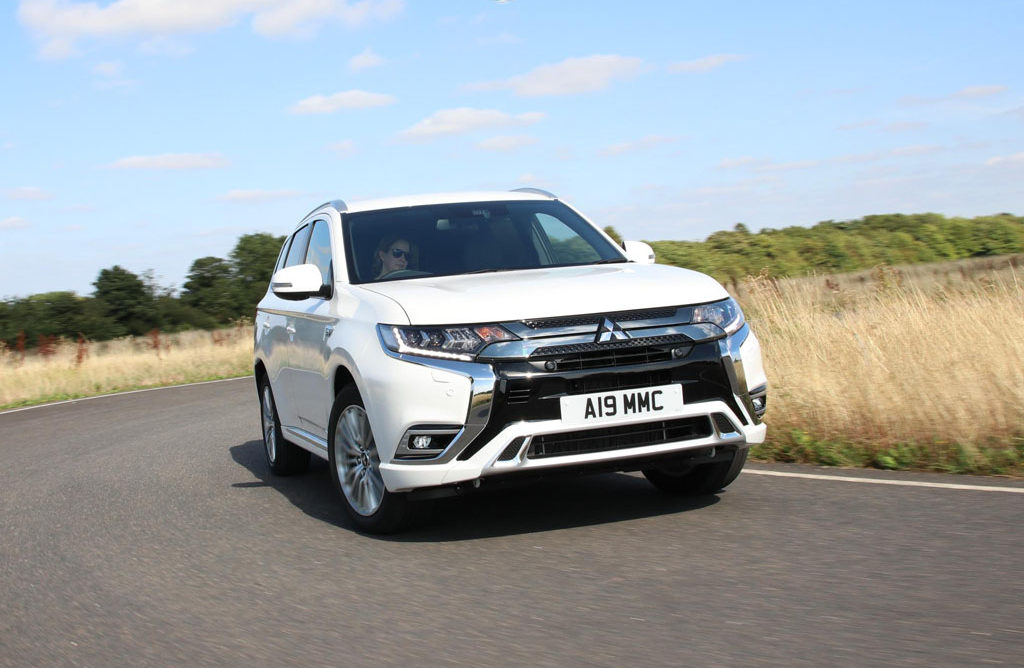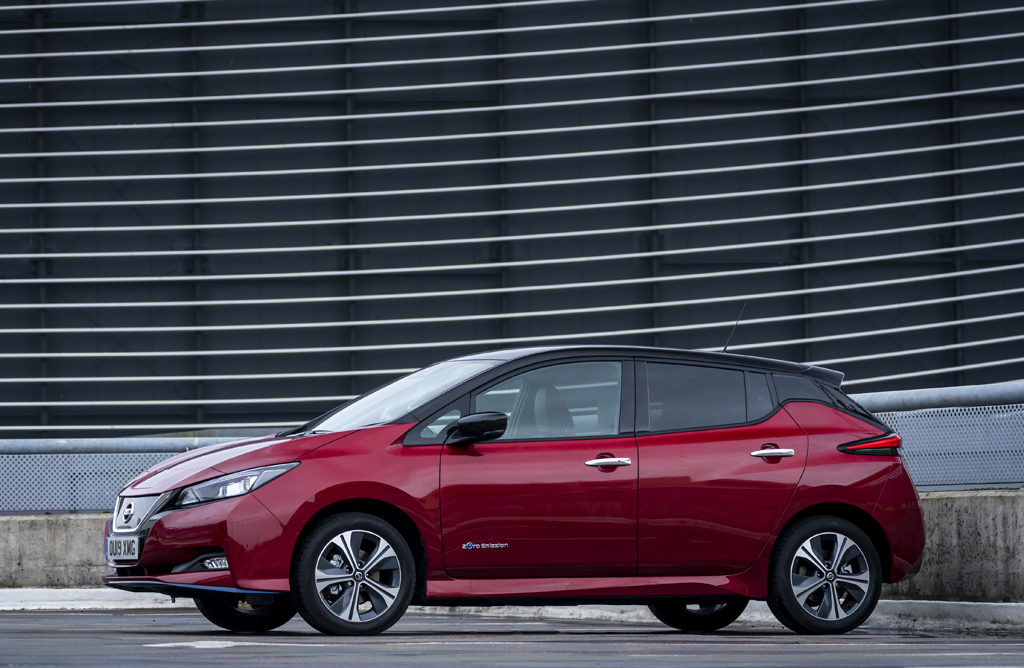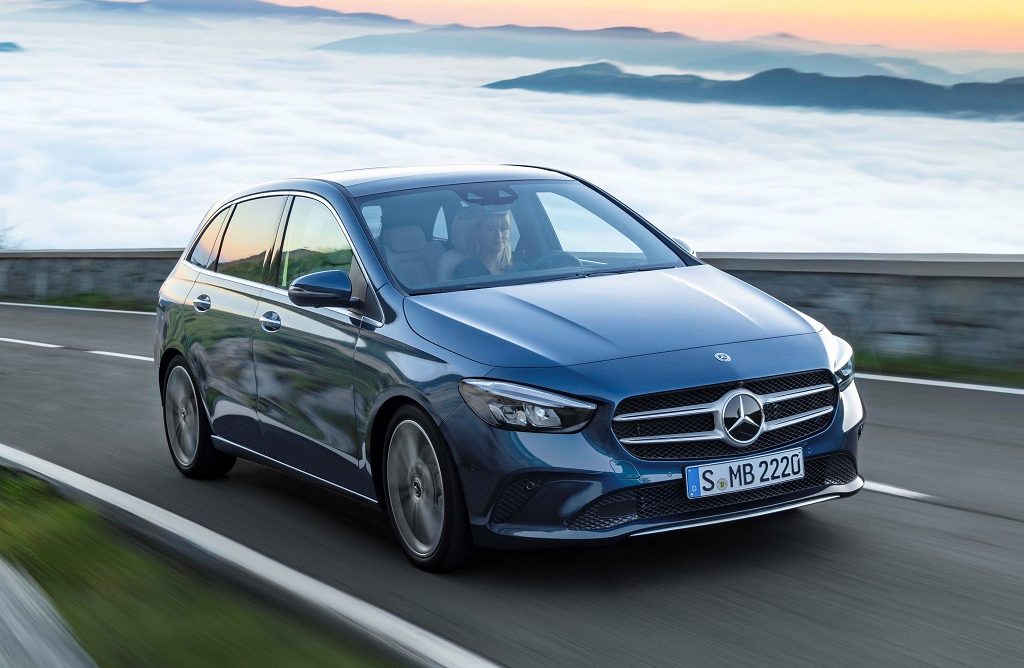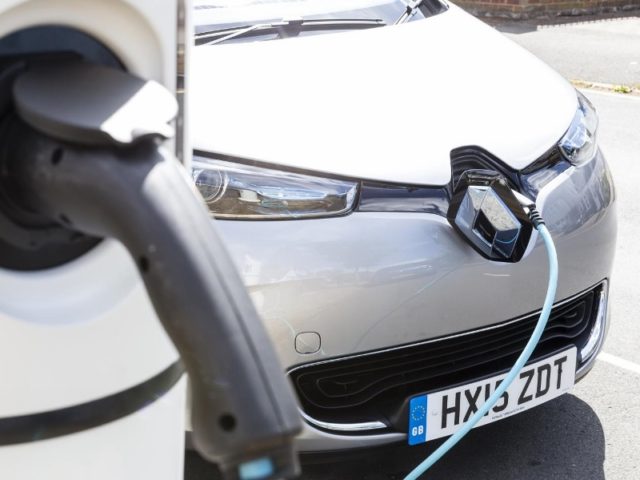Company car tax rates (Benefit-in Kind) 2022-2028
The Government set out latest Benefit-in-Kind rates up to April 2028 in the Autumn Statement 2022.
The table below show the full list of rates
| CO2 | Electric Range | 2022/25 | 2025/26 | 2026/27 | 2027/28 |
| % | % | % | % | ||
|
0 |
2 | 3 | 4 | 5 | |
| 1-50 | >130 | 2 | 3 | 4 |
5 |
|
1-50 |
70 129 | 5 | 6 | 7 | 8 |
|
1-50 |
40-69 | 8 | 9 | 10 | 11 |
|
1-50 |
30-39 | 12 | 13 | 14 |
15 |
|
1-50 |
<30 | 14 | 15 | 16 |
17 |
| 51-54 | 15 | 16 | 17 |
18 |
|
|
55-59 |
16 | 17 | 18 |
19 |
|
|
60-64 |
17 | 18 | 19 |
20 |
|
|
65-69 |
18 | 19 | 20 |
21 |
|
|
70-74 |
19 | 20 | 21 |
21 |
|
|
75-79 |
20 | 21 | 21 |
21 |
|
|
80-84 |
21 | 22 | 22 | 22 | |
| 85-89 | 22 | 23 | 23 |
23 |
|
|
90-94 |
23 | 24 | 24 | 24 | |
| 95-99 | 24 | 25 | 25 |
25 |
|
|
100-104 |
25 | 26 | 26 | 26 | |
|
105-109 |
26 | 27 | 27 |
27 |
|
| 110-114 | 27 | 28 | 28 |
28 |
|
|
115-119 |
28 | 29 | 29 | 29 | |
| 120-124 | 29 | 30 | 30 |
30 |
|
|
125-129 |
30 | 31 | 31 | 31 | |
| 130-134 | 31 | 32 | 32 |
32 |
|
|
135-139 |
32 | 33 | 33 | 33 | |
| 140-144 | 33 | 34 | 34 |
34 |
|
|
145-149 |
34 | 35 | 35 | 35 | |
| 150-154 | 35 | 36 | 36 |
36 |
|
|
155-159 |
36 | 37 | 37 | 37 | |
| 160+ | 37 | 37 | 37 |
37 |

















